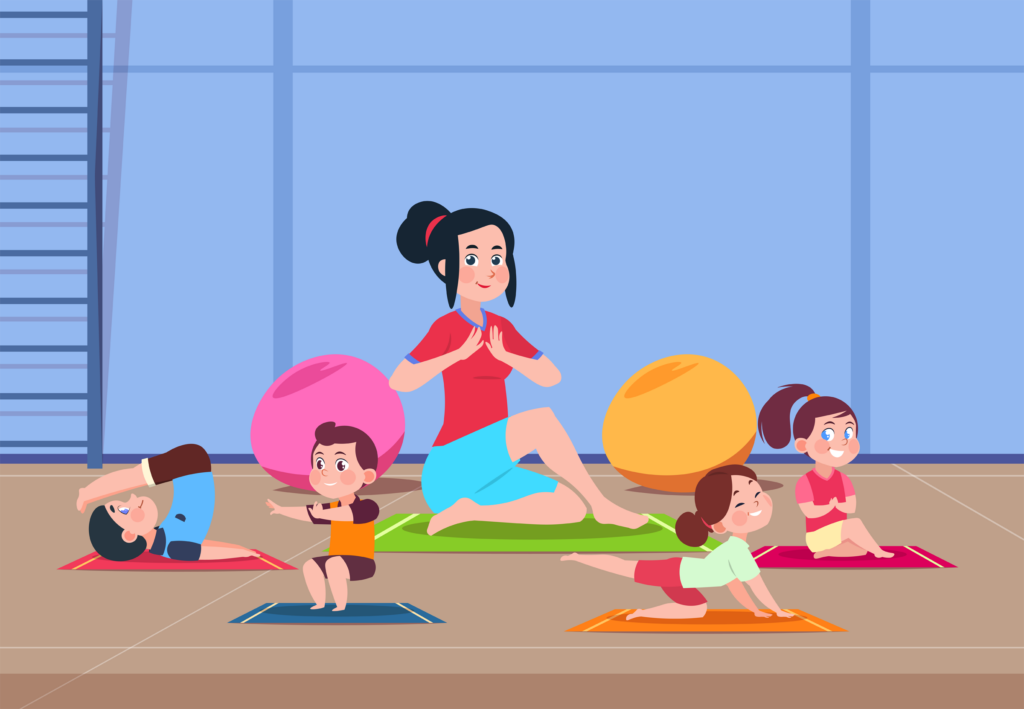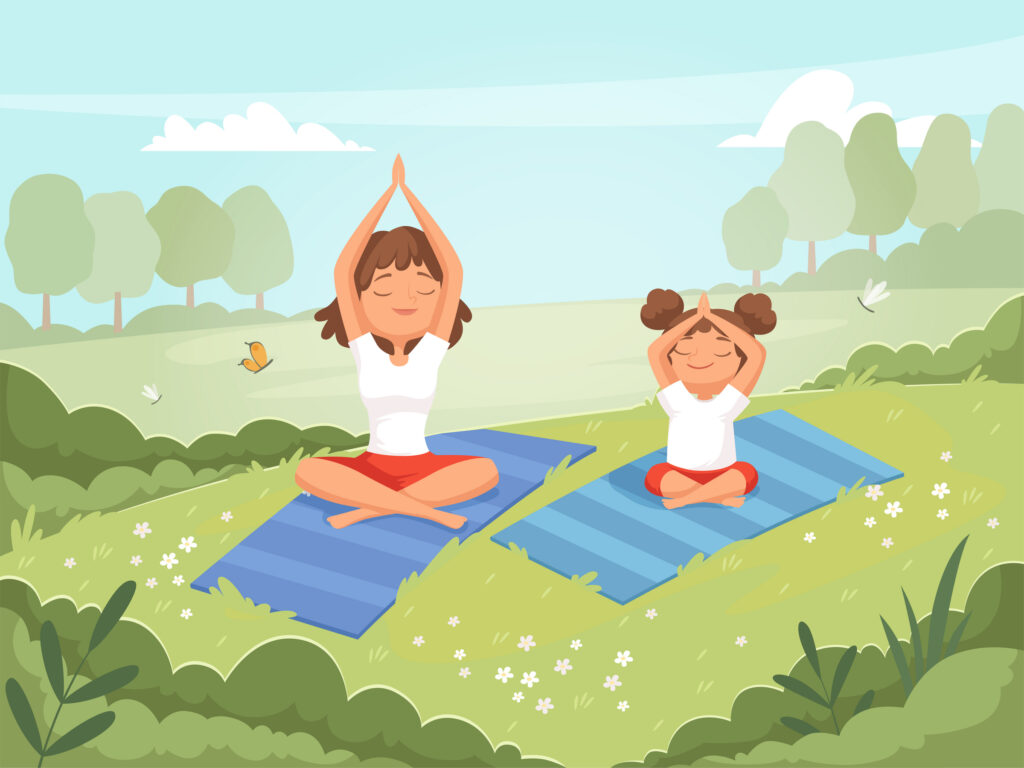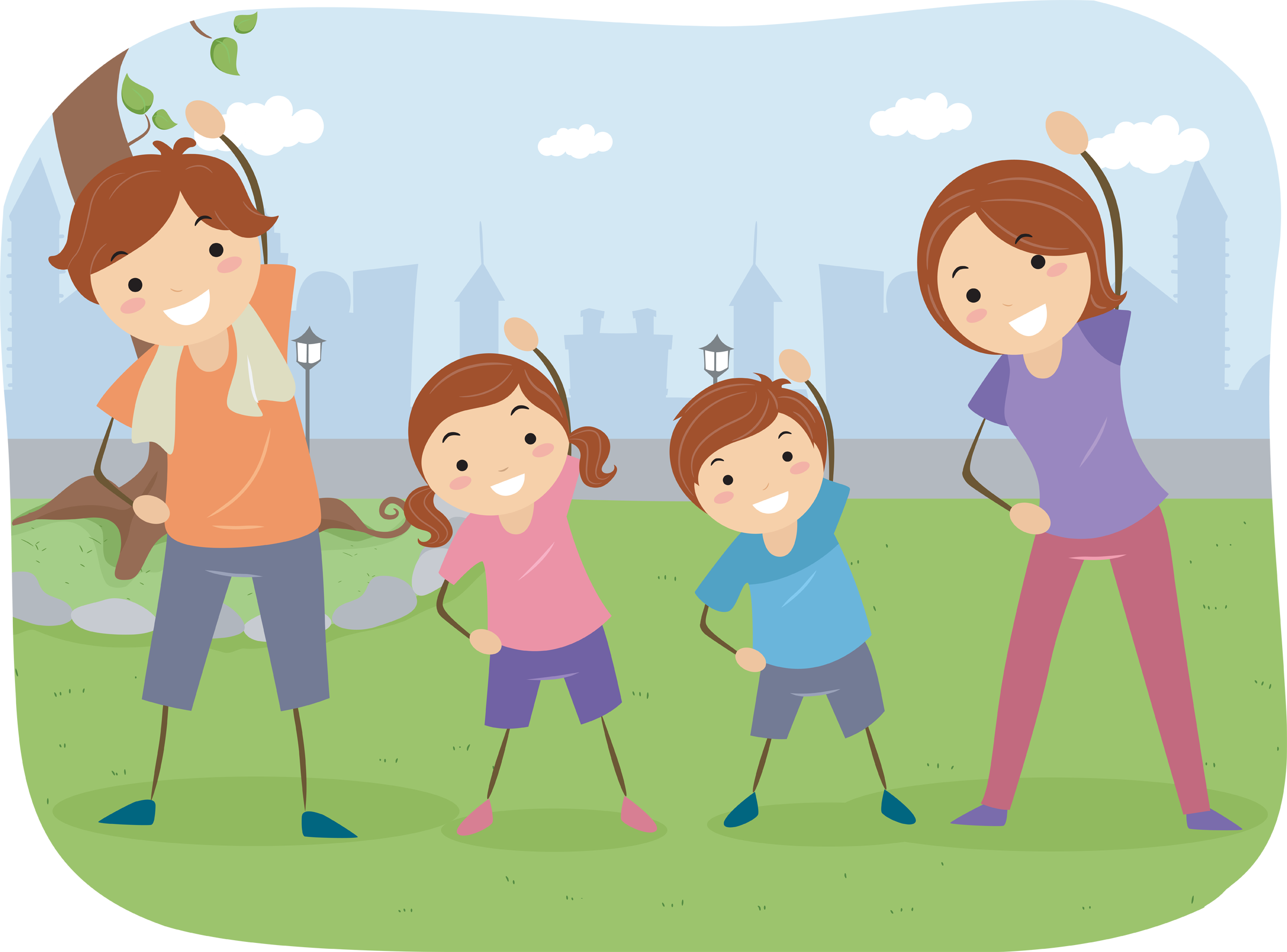
In a rapidly changing world, yoga stands as a tool of resilience for young minds. Children and teens, much like adults, experience pressures and challenges that can often feel overwhelming. As parents and guardians, finding effective coping tools for them is paramount. Yoga, an ancient practice with roots in India, emerges as an incredibly useful tool in this regard. It offers not just physical benefits, but mental and emotional ones as well, promoting overall health and wellbeing.
The Charm of Yoga for Young Minds

Yoga, an ancient practice that originated in India, is a combination of physical postures, breathing exercises, and meditation. Not only does it offer physical benefits, but it also supports mental and emotional wellbeing, making it a comprehensive tool for overall health.
Children and teens who regularly practice yoga may experience an array of benefits. Not only does it provide them with a healthy physical outlet, but it also offers a way for them to explore self-awareness, focus, and peace of mind.
Physical Benefits
At the core of yoga are physical postures or ‘asanas’. These poses help to improve flexibility, strength, coordination, and body awareness. They assist in enhancing postural alignment and promoting healthier body mechanics. Young bodies benefit greatly from this aspect of yoga, as it lays the foundation for a lifetime of healthy movement.
Mental and Emotional Benefits
Mental health is equally as important as physical health. For children and teens, yoga provides a framework for coping with stress and anxiety. It introduces techniques such as mindful breathing and meditation, which can help manage emotions and promote a sense of calm and relaxation.
Moreover, yoga teaches kids about self-acceptance and encourages a positive self-image. It provides them with the tools to better handle pressures, both from the outside world and from within themselves.
Tips for Parents and Guardians

Getting children and teens involved in yoga can be both fun and beneficial. However, it may require some guidance and encouragement. Below are some tips for parents and guardians.
Start Simple and Make it Fun
To introduce yoga to younger children, start with simple poses and make the practice enjoyable. Use stories, animal names, and creative visuals to engage their imagination and maintain their interest. Yoga should feel like a fun activity, not a chore.
Be a Role Model
Children often emulate the behaviors of adults around them. By incorporating yoga into your own routine, you can lead by example and inspire your children to follow suit.
Choose Age-Appropriate Yoga Classes
Look for classes that are tailored specifically to children or teenagers. These classes will have age-appropriate activities, poses, and themes. The instructors are usually trained in how to make yoga engaging for younger practitioners and are equipped to handle the specific needs of these age groups.
Encourage Consistency
Like any other practice, the benefits of yoga are best realized when it’s done consistently. Encourage regular practice, but also be patient. It’s important not to push your child too hard. Allow them to enjoy the journey at their own pace.
Yoga is a valuable tool that can benefit children and teenagers, supporting not only their physical health but also their mental and emotional wellbeing. As parents and guardians, fostering a love for yoga in young ones can be a rewarding task, knowing that you are equipping them with lifelong skills for self-care and resilience.
Remember, the goal is not to create a generation of yogis who can perform the most complex asanas but to foster a love for a practice that promotes balance, inner peace, and holistic wellbeing. Yoga is not a competition; it’s a personal journey—one that you and your child can enjoy together.



